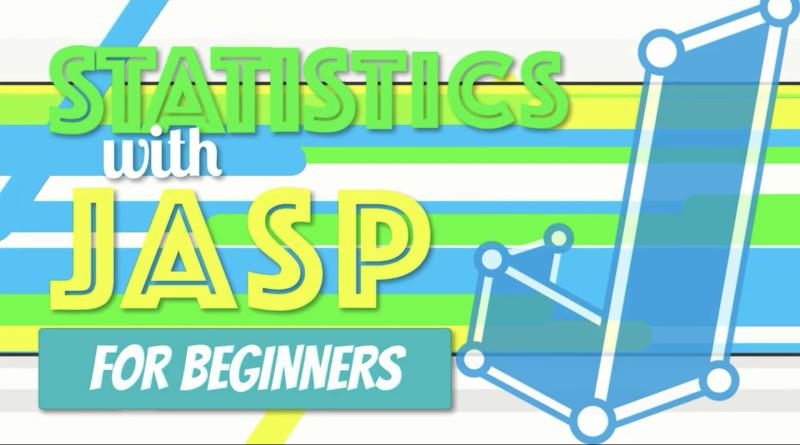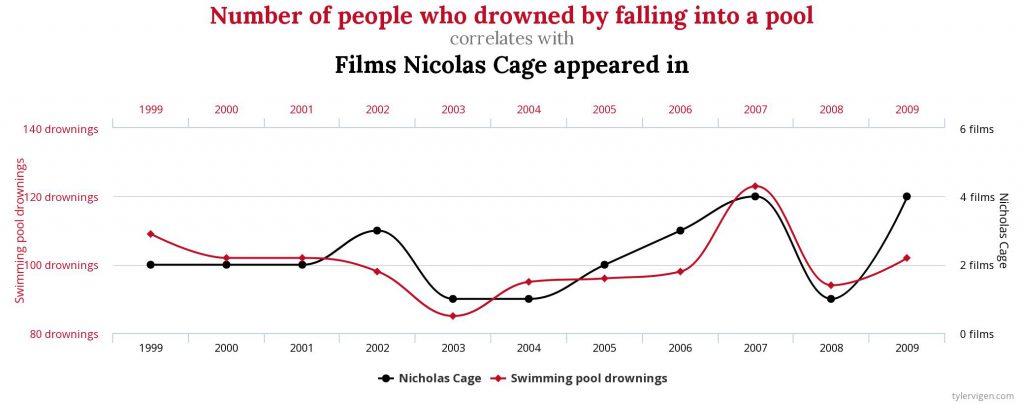Spearman’s Correlation Explained
Jim Frost provides a thorough explanation of Spearman’s correlation, including when to use it, how it differs from Pearson’s r, and how it’s calculated. You can find the article here.
Spearman’s Correlation Explained Read More »








